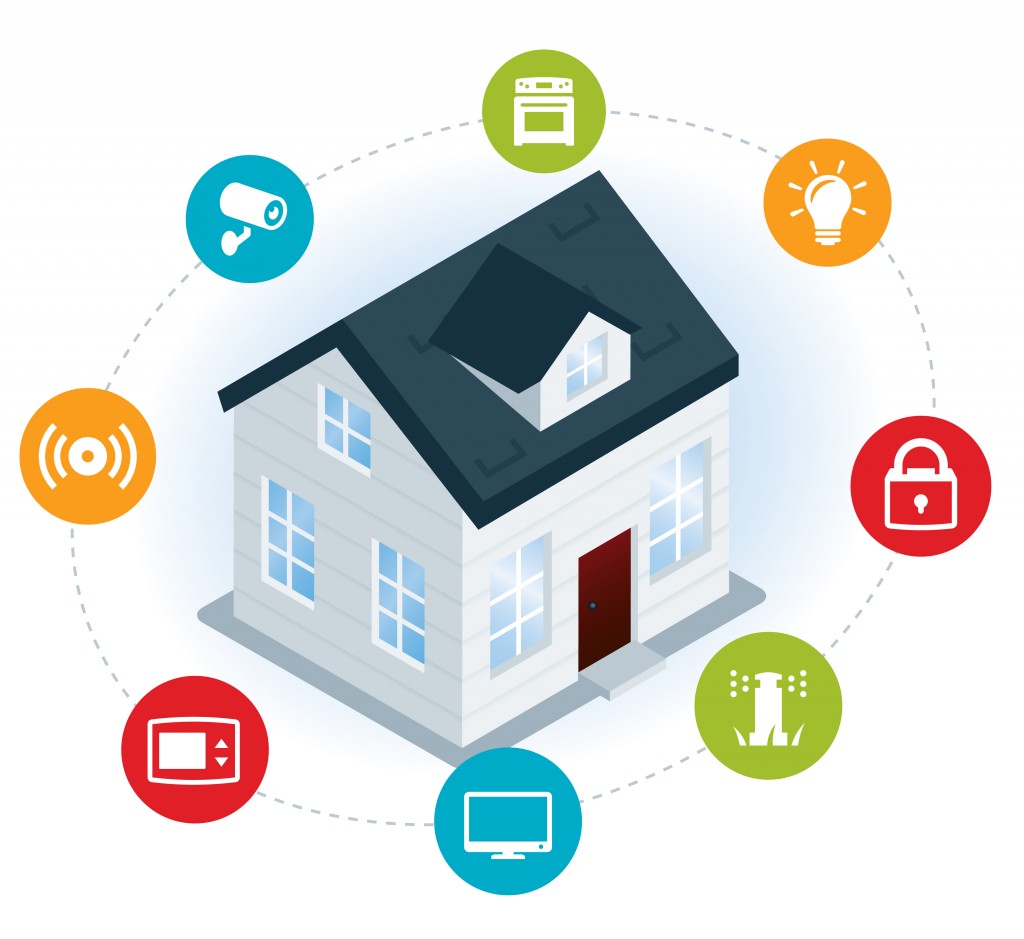We’re not surprised, but it turns out that most people would rather live in “dumbhomes.” According to a late-2016 survey by Gartner of nearly 10,000 consumers in the U.S., the U.K. and Australia, only about 10 percent of households currently have connected home solutions, or “smarthome” features. In fact, 3/4 of those asked indicated they are happy manually adjusting temperature and lighting, versus those who expressed interest in having smart devices anticipate their needs in the home. A majority even indicated a preference for independent devices, like traditional knobs and dials, whose operations can’t be controlled via an app.
Trying to get consumers to put a lot of money towards outfitting their homes with fancy connected gadgetry is tough. Most people have no problem with raising their own blinds, turning on the heat manually, or starting their coffee maker. To make matters worse, managing all of your connected gadgets from your phone can be an even bigger time-sink, since you have to spend time setting up and managing various profiles and device controls. This flies in the face of the supposed convenience that home automation is supposed to bring.
So what’s happening to the idyllic, AI-controlled future we’re supposed to be living in? Performance issues with the tech itself (Amazon’s S3 server crash recently, for example). Also, people just aren’t nerdy enough on average. Yes, the people who tend to get most excited about remote-controlling their homes are…well…nerds.
“Although households in the developed world are beginning to embrace connected home solutions, providers must push beyond early adopter use,” says Amanda Sabia, principal research analyst at Gartner, commenting on the research in a statement. “If they are to successfully widen the appeal of the connected home, providers will need to identify what will really motivates current users to inspire additional purchases.” And what motivates users? Security. Home security alarm systems have nearly double the adoption rates of newer “convenience” systems, such as home monitoring, home automation, or energy management. People don’t want smarthomes, it seems. They want safe homes.
These established home security alarm services are a little different, since they involve a monthly fee. However, adding a monthly fee to the other categories doesn’t seem to work. Subscriptions for home automation/energy management are a tougher sell since more than half of current households are already using these services for free. Can you imagine paying a monthly charge for using Alexa?
Apple’s approach with HomeKit/Home App is unique seemingly effective. Gartner says that respondents are starting to see the value of having just one app integrating their smarthome devices. They also like brand certification for connected home devices and services. The latter is important if you don’t want your IoT gas oven to be hackable or your connected security camera to spy on you.
At iFixYouri, we understand that not everyone interested in IoT is comfortable installing smart-home devices themselves. Our phone lines are always open for anyone with a question regarding the purchase and installation of wifi-enabled light sockets, climate control systems, or security cameras. And, of course, our technicians are more than happy to repair any device you might have, IoT or not. Whether you stop in at your nearest iFixYouri location or mail your devices to our state-of-the-art repair facility, we’re here to make sure your transition to a smart-home is as smooth and painless as possible.

